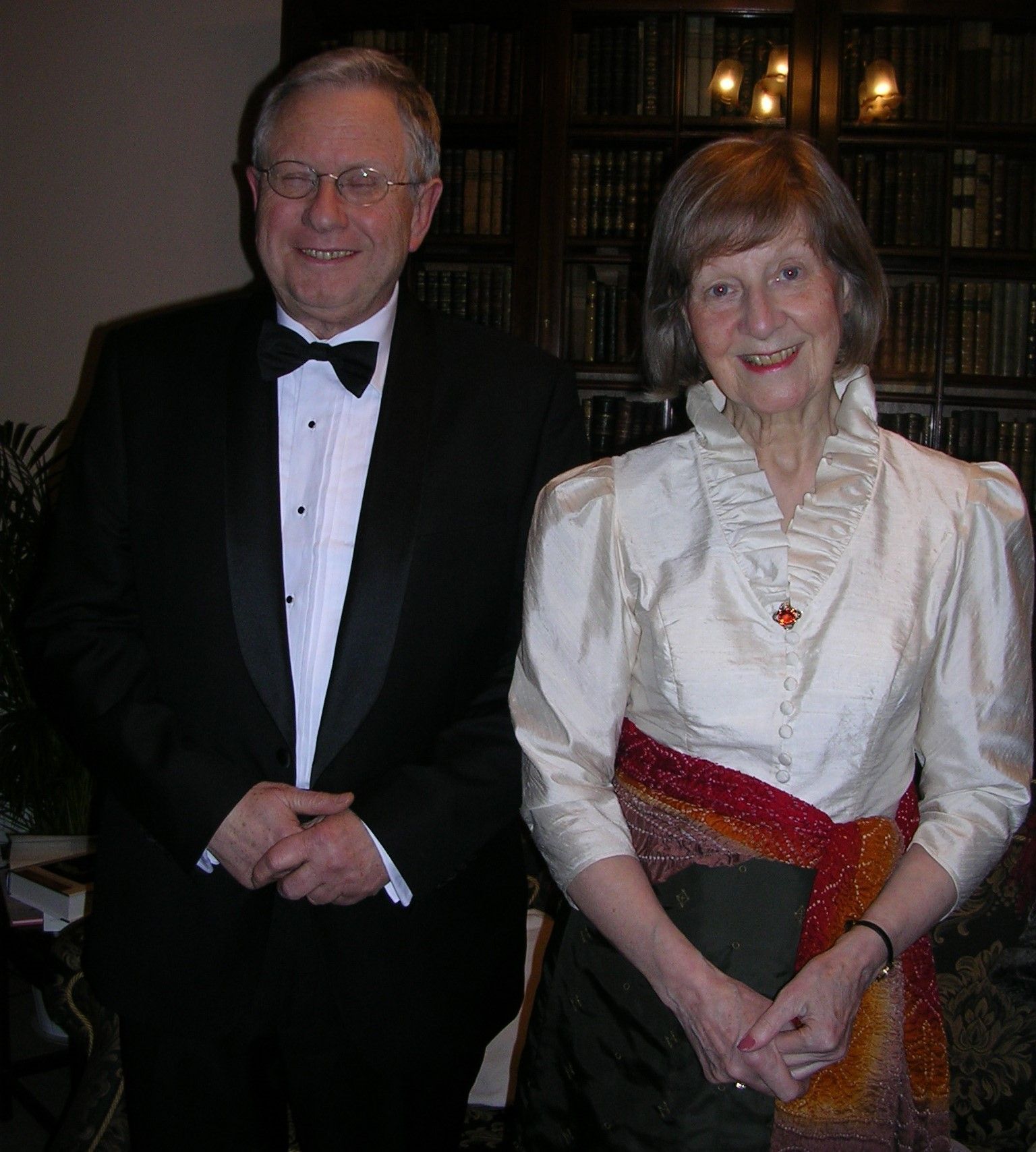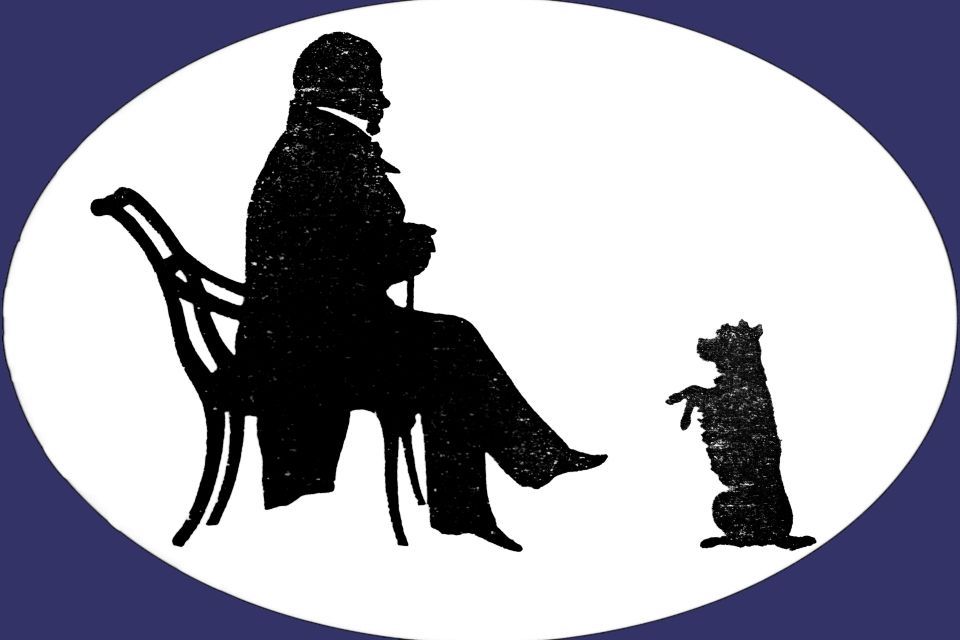A Colloquium on Waverley
Sunday 3rd August 2014
Summary of the Talk:
Professors Claire Lamont and Peter Garside led a discussion on Waverley (1814) by Sir Walter Scott, marking the novel’s bicentenary and its role in establishing the historical novel. Both scholars have contributed significantly to modern editions of Waverley. The event was chaired by Alasdair Hutton.
Key Points from Peter Garside’s Talk
- Publication & Initial Reception (1814)
- Waverley was published anonymously on 7 July 1814 in Edinburgh, followed by a London release.
- It was an instant success, with early editions selling out quickly.
- Scottish literary circles, including Jane Austen and Anne Grant of Laggan, quickly suspected Scott as the author.
- Scott officially revealed his authorship only in 1827.
2. Historical & Literary Context
- The novel was initially written in two phases: in 1805 (later disproven) and then between 1813-14.
- It is widely credited with introducing the historical novel, blending fiction with real historical events.
3. Narrative Structure & Composition
- Waverley follows an English protagonist who undergoes cultural and political transformation after traveling to Scotland.
- The novel's structure reflects Scottish Enlightenment historical theories, showing different societal "stages":
- Feudal society in the Lowlands (Baron Bradwardine’s estate).
- Clan-based society in the Highlands (Mac-Ivor’s home).
- Modernization imposed by the Hanoverian government post-1745.
4. Waverley’s Journey and Cultural Encounters
- The protagonist experiences Highland culture, witnessing both its romanticized beauty and its brutal reality.
- The Highland feast scene highlights the power structure within the clan system.
- Waverley’s attraction to Flora Mac-Ivor is both personal and ideological, influencing his shift toward the Jacobite cause.
5. Political & Social Themes
- The novel portrays romanticism vs. realism:
- Waverley begins as a romantic idealist but is forced to confront political and military realities.
- The Highlanders’ loyalty to their chieftain over the state is contrasted with modern governance structures.
- The novel subverts Gothic and Romantic tropes, presenting Scotland in both picturesque and gritty realism.
Key Points from Claire Lamont’s Talk
- Two Interpretations of Waverley
- A coming-of-age story about Edward Waverley.
- A historical novel detailing the Jacobite Rising of 1745.
2. Historical Setting & Realism
- The novel is set in 1744-46, culminating in the defeat of the Jacobites at Culloden (1746).
- Waverley highlights the clash between romanticized Jacobitism and harsh political realities.
3. The Romantic vs. The Realistic
- Waverley initially imagines himself as a romantic hero but faces real war, destruction, and suffering.
- His involvement with Bonnie Prince Charlie is driven more by romantic ideals than political conviction.
- His disillusionment leads him to ultimately assimilate into the Hanoverian order.
4. The Decline of the Highlands
- The novel documents the destruction of Highland culture post-1745:
- Military retaliation by Hanoverian forces.
- Suppression of clan structures.
- Economic and social change, shifting Scotland toward modernization.
- The Mac-Ivor clan’s fate represents the broader theme of cultural erasure.
5. The Dual Ending
- Waverley’s personal story ends happily, with marriage and settlement.
- The Highlanders’ story ends tragically, as their way of life is extinguished.
- The novel highlights the inevitability of societal change through the lens of Scottish Enlightenment thought.
Interesting Points & Takeaways
- Jane Austen’s reaction: She found Waverley unfairly good, fearing Scott’s entry into novel-writing would overshadow other authors.
- Philosophical History: Scott’s portrayal of the Highlands aligns with Adam Smith’s stadial theory, showing a society forcibly modernized.
- Tourism & Romanticization: Scott is often credited (or blamed) for creating the romanticized image of Scotland, shaping modern Scottish tourism.
Final Thoughts
The colloquium highlighted how Waverley is more than just a Jacobite novel—it is a profound exploration of historical change, cultural clash, and personal transformation. While Waverley’s journey leads to personal stability, the novel also mourns the loss of Highland culture—a theme that still resonates today.
Download the [transcript]

Download the [transcript]


